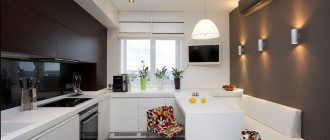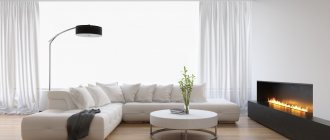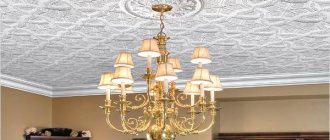Types and characteristics
To ensure visibility and lighting within the required limits, street fixtures are installed on poles at different heights, depending on their purpose. For street lighting, lanterns are usually selected that are approximately equal in height to trees. This creates an interesting play of light and shadow when turned on.
A personal plot requires the use of more compact devices of medium or low height. The lighting system can be located throughout the area or only along the paths. Lighting devices carry both a functional and decorative load.
Ball-shaped pole-mounted lamps can be matte or transparent and have a diameter of 200, 300 or 400 mm. Outdoor operation requires a sufficient degree of protection from mechanical damage; devices with protection parameters IP543 and higher are suitable for these purposes.
The materials used are glass or plastic. The second option is considered more reliable and has shock-resistant characteristics. Plastic ball lamps are considered more durable compared to glass ones and are more often used in outdoor conditions.
The intensity of lighting depends on the number of lamps in the structure. However, the high power of the lamp makes it possible to use the lamp with only one source.
In addition to conventional incandescent lamps, the following are used:
- LED;
- sodium;
- luminescent.
The most popular are fluorescent lamps, and this is understandable: they have a long service life, are easy to operate, provide sufficient illumination intensity, and are resistant to temperature fluctuations.
When deciding which lamps to choose, you should first decide on their functional purpose. For devices mounted on a pole, the following technical characteristics are significant:
- degree of protection;
- power;
- lifetime;
- diffuser type;
- light flow;
- Colorful temperature.











